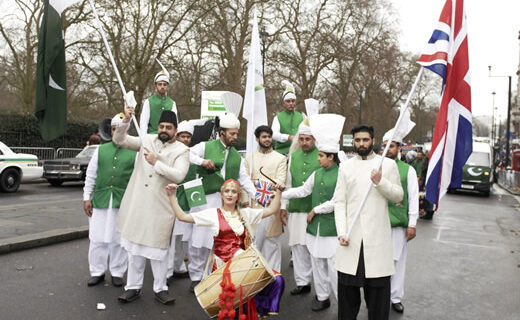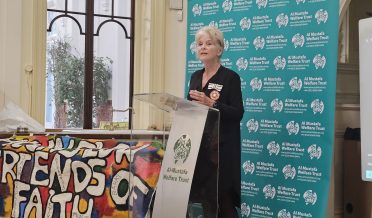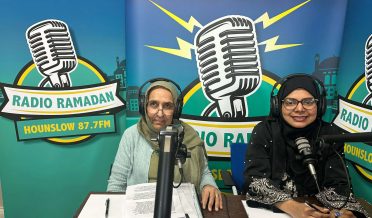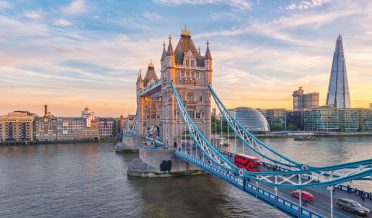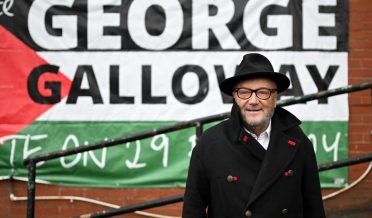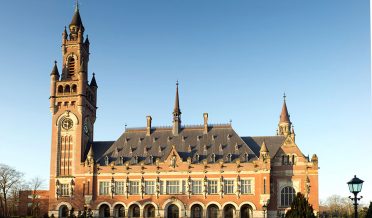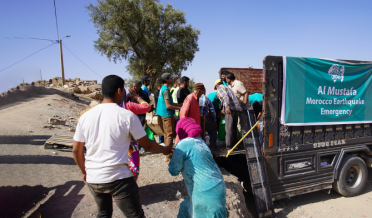Aims special report
British Pakistanis, the second largest ethnic minority group in the UK, are now more affluent, better educated, more egalitarian (with more and more women of Pakistani origin taking up careers) and, after the May 2015 general elections, have greater political representation than ever before.
These changes are in large part down to the gradual integration of Pakistanis into British society, as the children of immigrants benefit from the hard work done by their parents. In the words of one first-generation Pakistani immigrant, quoted in The Pakistani Muslim Community: Understanding Muslim Ethnic Communities, a 2009 study:
“More of our young people are going into higher education and professional jobs. Our children have the tools to change their lives for the better which we did not have.”
However, the integration of Pakistanis in British society, and how they identify themselves, varies considerably. Pakistanis living in Yorkshire and Lancashire, for example, are likely to identify themselves as Muslims before identifying themselves as Pakistanis, whereas some first-generation British Pakistanis identify themselves by their caste and region rather than by their religion or country of origin. Third-generation British Pakistanis are more likely to choose to be identified as part of a South Asian diaspora rather than as Muslim Pakistanis, but this is limited to highly educated professionals.
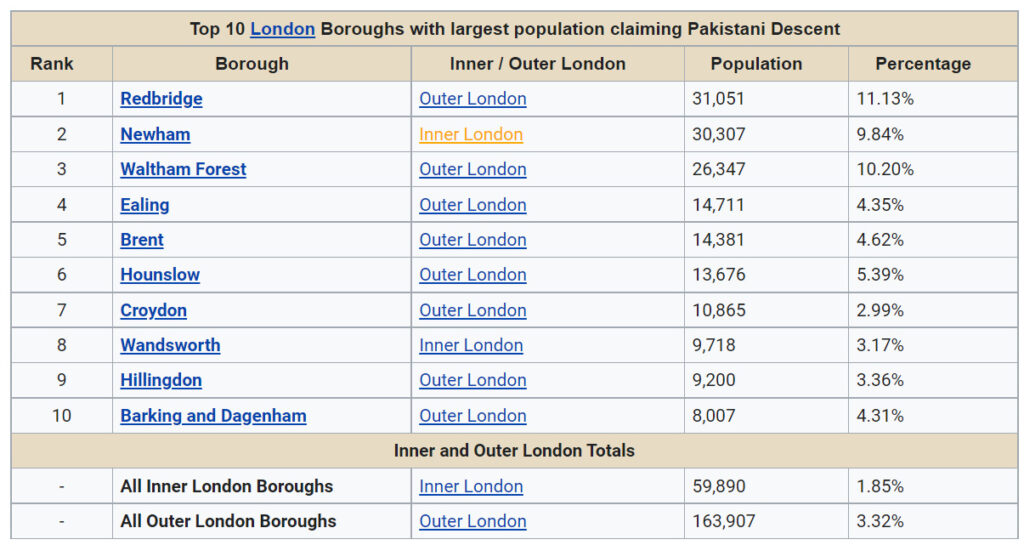
While there has been steady progress in the social standing of newer generations, many challenges remain. Perhaps the most pressing are extremism and Islamophobia. Pakistanis make up a large proportion of the British Muslim population, and hence are directly affected. For example, an Equality and Human Rights Commission report states that people of Pakistani origin are 52 times more likely to be stopped and interrogated at UK airports than any other minority ethnicity. On the other hand, British security agencies have been criticised recently for failing to prevent British Muslims from travelling to war-torn Syria. Economic challenges also remain. According to government figures, 58%of British Pakistanis are considered ‘poor’, compared to a UK average of 21%. Some 66% of Pakistani families are in the low-income bracket, more than any other ethnic group. The role of women is still a sensitive issue. Though progress has been made in many ways, unemployment for British Pakistani women stands at almost 20%, compared to only 3% for white women, and those employed have lower incomes. Incidents of forced marriage and so-called ‘honour’ killing have also still to be eradicated.

Tackling these problems will require concerted efforts by organisations such as the British Pakistan Foundation as well as political engagement by the Pakistani diaspora and local leaders of Pakistani origin. London is Capital city of the United Kingdom; a large number of Pakistani communities is settled here in London. The Pakistani community of London (also called Pakistani Londoners) consist of Pakistani emigrants and their descendants who have settled in London, the capital city of England and the United Kingdom. Pakistanis in London form the largest concentrated community of British Pakistanis; immigration from regions which now form Pakistan predate Pakistan’s independence.
Pakistanis in London represent a diverse mixture of South Asian subgroups including Punjabis, Pashtuns, Muhajirs and smaller numbers of Sindhis and Balochis among others. A substantial number of British Pakistanis who arrived in London in the 1960s were qualified teachers, doctors and engineers. Pakistani Londoners are mostly Muslims who speak Urdu and Punjabi amongst other languages. The main concentrations of Pakistani settlement in London are found in Outer London with the boroughs of Redbridge, Newham and Waltham Forest accounting for nearly 40% of Londoners of Pakistani Descent.
The main industries which the Pakistani community of London are employed in include wholesale and retail (including self-owned grocery stores or newsagents).[6] In 2001, 0.6% of businesses in London were owned by British Pakistanis.[6] 20% of London’s Pakistani population are self-employed.
The percentage of London Pakistanis employed in managerial, senior official or professional occupations is 25%, which is lower than the London average of 32%. However, it is higher than the percentage of London Bangladeshis (22%) but lower than Indians (34%) and Other Asians communities (31%). The unemployment rate for Pakistani males and females in London is lower than the national average British Pakistanis living in other regions of Britain. Pakistanis are the only ethnic group (along with White Britons) who have a lower worklessness rate in London than in other areas of Britain. There are stark social differences in Pakistanis living in different boroughs of London. Whilst in Brent and Harrow London Pakistanis are prosperous and mostly Middle Class. The opposite is true in Newham, where they are mostly working class and more likely to suffer from deprivation.
Several upper-class Pakistanis also live in London, sometimes only for part of the year. The former presidents of Pakistan Nawaz Sharif and Pervez Musharraf currently reside in London. Latest figures available, regarding London Pakistanis, by local authority, dated: year 2004. At Key Stage 2 Pakistani children in London have higher attainment rates in both English and Maths, when compared with the British Pakistani average. In contrast to Pakistanis from other regions of Britain. Pakistanis in London achieve above average GCSE Pass Rates. For example, in 2004, 50.2% of London Pakistani boys achieved five or more A*-C grades, compared with the national average of 46.8%. Furthermore, 63.3% of Pakistani girls in London reached that threshold compared to the national average of 57%.
The achievement of Pakistanis in London at GCSE level is 10 percentage points higher than that of Pakistanis throughout England. The highest attainment within London was found in the borough of Redbridge. Pakistani applicants to universities are over-represented by 7.5% from Greater London. In education, Pakistanis in London performed the highest out of all British Pakistanis in the 2001 census. This is not just reflected in above average GCSE pass rates but also in degree level qualifications, with 32% of London Pakistanis having degree level or higher qualifications. This is marginally higher than the London average of 31% and is more than twice as high as the figure for London Bangladeshis (15%), equal to the figure for “Other Asians” and comparable to the figure of 34% for London Indians. Pakistanis in Inner London do slightly better than those in Outer London, with 33% reaching the benchmark compared to 32% in Outer London. The figure is higher than the national average of 20% and almost twice as high as the figure for Pakistanis throughout the UK (18%). Pakistani men are better qualified than the average Londoner, with 37% possessing a degree level or higher qualification, although Pakistani women have fewer educational qualifications, with 27% having the same qualifications. The figure for Pakistani women in London is still higher than the national or British Pakistani national average.
In similarity to Pakistanis living in other parts of the UK, 91% of Pakistanis in London are Muslims. The other 6% are made up of people who did not declare their religion, Christians made up 2% and those with no religion made up 1%. Pakistanis make up only 22% of London’s Muslim population, in contrast to 43% for British Pakistanis living throughout the UK.

